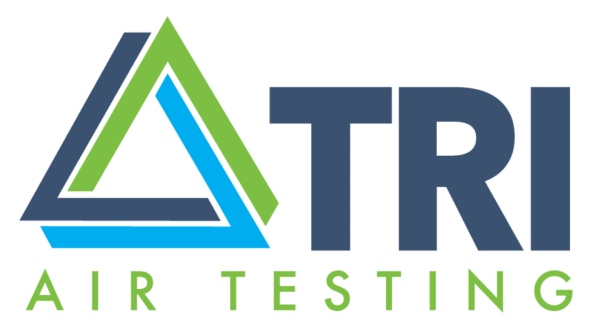The Occupational Safety & Health Administration (OSHA) has unveiled some online tools to help employers and workers understand how to properly select their respiratory selection gear. The system succinctly reminds employers of their specific responsibilities under OSHA guidelines, such as for making sure compressed air systems are providing safe air in compliance with the applicable OSHA standards for given situations.
Key subsections of the eTool webpage include creating a schedule for replacement of respirator cartridges and selecting the appropriate respirator (e.g., which variety of air-purifying or atmosphere-supplying respirator).
(CLICK HERE FOR GRADE D & OSHA-RELATED AIR TESTING INFORMATION)
 The OSHA site includes multiple sub-pages that explore key reminds, such as the need to conduct an exposure assessment to determine the type and amount of hazardous exposure, taking into account the factors that influence respirator selection, and understanding protection factors.
The OSHA site includes multiple sub-pages that explore key reminds, such as the need to conduct an exposure assessment to determine the type and amount of hazardous exposure, taking into account the factors that influence respirator selection, and understanding protection factors.
The Advisor Genius page allows visitors to use a simple check box approach to determine the OSHA standards to which the employer and respiratory device-user must adhere. For example, in cases of firefighting, the OSHA Advisor Genius reminds the visitor that:
The employer is required to develop and implement a written respiratory protection program with required worksite-specific procedures and elements in accordance with OSHA Standard 1910.134(c)….A self contained breathing apparatus (SCBA) is required. The respirator must be operated in a pressure demand or other positive pressure mode. The respirator must be equipped with a full face piece. For atmosphere-supplying respirators (supplied air and SCBA), employers are required to provide breathing gases of high purity, and shall ensure that compressed air, compressed oxygen, liquid air, and liquid oxygen used for respiration is in accordance with the specifications of OSHA Standard 1910.134(i).
Overall, the OSHA system makes the selection of tools and standards seem simple; but, as everyone working in the applicable fields knows, it is not. There are so many situations in which a potential or specific hazard (particulate or gas, oxygen levels that are lower than normal atmospheric conditions, etc.) changes the respiratory device or system requirement. Strong planning, oversight, testing, and re-evaluation are required.
The OSHA Respiratory Protection eTools page is a good step on the road to achieving better understanding and compliance, and that means greater safety for all.
Don’t forget to test your compressed air!

